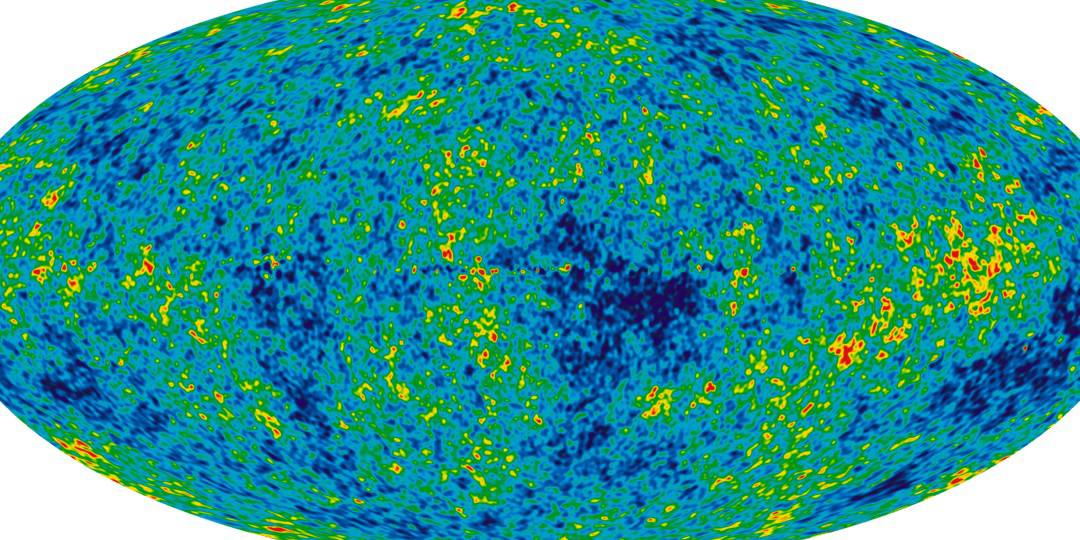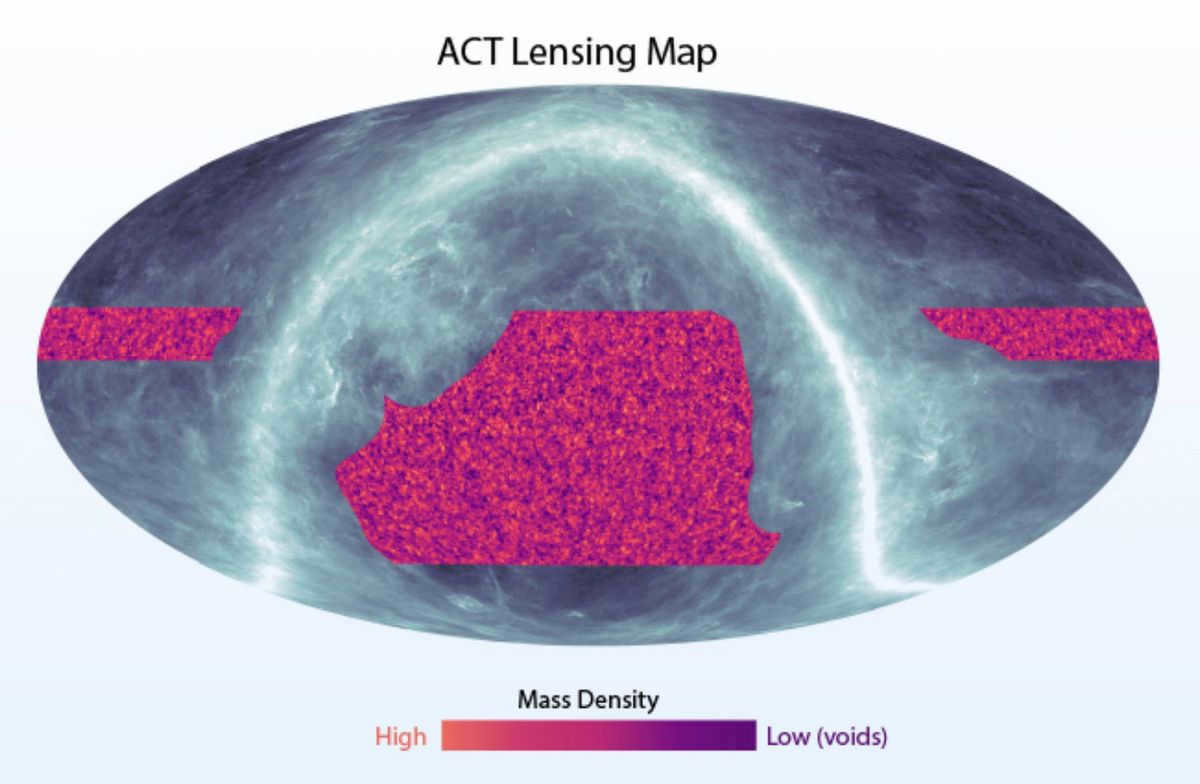
The majority of our universe is composed of an elusive substance known as dark matter, which remains invisible and undetectable to our instruments due to its lack of interaction with ordinary matter. However, against all odds, a team of researchers at the Atacama Telescope has achieved the remarkable feat of mapping this enigmatic dark matter, even in the earliest stages of the universe’s existence. By examining this map, we can gain insight into the twisted and distorted nature of our world’s formation, revealing the true essence of its birth. This groundbreaking discovery has already earned the title of “the most significant finding of the past decade.”
UNKNOWN TO EVERYONE
Every day, we go about our lives, going to work, visiting our cottages, and experiencing the various elements of nature such as the light of the sun, rain, and snow. However, what most people do not realize is that the world around us, which we perceive as reality, is only a small fraction of the entire universe. In fact, what we see and interact with is merely 5% of the total matter. The remaining 22% is known as dark matter, and it is present everywhere, including within you at this very moment. Interestingly, dark matter cannot be detected or felt in any way, not because our instruments are inadequate or our eyes are weak, but because it emits its own unique “black” light that passes through us effortlessly. The only way we can perceive its presence is through its gravitational effects. Dark matter exerts a gravitational pull on ordinary matter, including ours. This gravitational force is particularly evident on a galactic scale, but it is virtually undetectable in our everyday lives or within the confines of a laboratory.
The researcher’s objective is clear: to determine the location of dark matter by analyzing its gravitational effects. However, the approach taken by the team at the Atacama telescope is quite unique. They have chosen to use relic radiation as a detector for dark matter. Now, in order for you to fully grasp the significance of this, we need to provide some background information.
During the Big Bang, there was an abundance of light emitted. This is expected, given that explosions are typically accompanied by light. Interestingly, this light has not dissipated; instead, it continues to propagate as radio waves. The reasons behind this transformation are complex and lengthy to explain, but trust me, it’s true. In the 1960s, this residual light was finally recognized and initially mistaken for interference caused by pigeons. It was incredibly faint at the time. However, with advancements in technology, even amateur enthusiasts can now detect it. But what does all of this have to do with dark matter?
Thoughtful Contemplation
By analyzing ancient radiation, we are able to observe the early stages of the Universe when it was a mere 380 thousand years old (now it has reached the age of 13.8 billion years). During this time, the Universe was incredibly compact, consisting of dark matter, our matter, and dark energy (which we will not delve into for the purposes of this discussion). The gravitational influence of all these components was immense.
Specifically, the nascent and ominous dark matter caused distortions in the relic radiation. Everywhere one looked, they would witness mirages and various forms of lensing. Scientists refer to these phenomena as gravitational lenses. It is fascinating to think that gravity can behave like glass, capable of gathering light. However, it requires an intense gravitational force. In the present era, such lenses are few and far between, as the Universe has aged. Yet, during those early years, they were abundant throughout the cosmos.
The task at hand is extremely intricate. The roster of scientists spans a page and a half. And the outcome is a remarkable depiction of the cosmos. An imperceptible cosmos – the depiction documents the existence of dark matter.
ASTOUNDING OUTCOMES
Within the depiction, we observe a bluish expanse upon which the Milky Way gracefully arcs. This is the conventional approach for illustrating the universe. Nevertheless, our focus lies elsewhere. We are captivated by the crimson segment. This is the portion of the Universe from which we have managed to obtain data. What does it consist of? Lilac and red dots. Lilac dots represent a scarcity of dark matter. Red dots, on the other hand, symbolize an abundance. So, what is the underlying explanation for this phenomenon?
It’s as if there’s a boiling sensation. Dark matter is bubbling up in bubbles without any dark matter in between. If you happen to enter one of these bubbles, gravity will crush you, and you won’t even realize your origin. However, when you’re outside the bubble, you continue to live your life as usual. So, is it possible that Earth is located outside of this bubble? Or maybe we are inside it, but somehow we have adapted and grown accustomed to it?
Now, the scientists will be pondering. We have witnessed the previously invisible, dark matter, for the first time. We used to discuss it, but it was always as if it were insignificant. Now, behold, we have a map. Dive in.
Perhaps physics will be transformed when we finally understand and harness dark matter. Could it be that ghosts and UFOs originate from this mysterious substance? And what about other dimensions? Is it possible that they hold the key to accessing portals to these alternate realities? Another intriguing possibility is vacuum energy, which appears to defy the laws of conservation. Could this be the ultimate source of these phenomena? It’s possible that future generations will look back on this day as a pivotal moment, while casually traveling to the Andromeda Galaxy for lunch, and remark, “It all started with a seemingly ordinary map.”
Check out these related articles
This website is intended for individuals aged 18 and older
The online publication is registered with Roskomnadzor under certificate El No. FS77-80505, issued on March 15, 2021.
Chief Editor – Olesya Nosova.
Website Editor-in-Chief – Viktor Kanskiy.
The author of the current version of this publication is Vladimir Nikolaevich Sungorkin.
Reader messages and comments on this site are published without prior editing. The editorial board reserves the right to remove or modify any messages or comments that are deemed to be an abuse of freedom of information or a violation of other legal requirements.
JSC “Publishing House “Komsomolskaya Pravda”. Tax Identification Number: 7714037217. OGRN: 1027739295781. Address: 127015, Moscow, Novodmitrovskaya str. 2B. Phone: +7 (495) 777-02-82.
If you wish to buy the copyright or get in touch with the editorial board, please email [email protected]
Scientists have not completely determined the exact size of the universe, but recent studies have suggested that it may not be infinite as previously believed. Additionally, certain researchers argue that the universe possesses a specific shape.
The boundary of the Universe
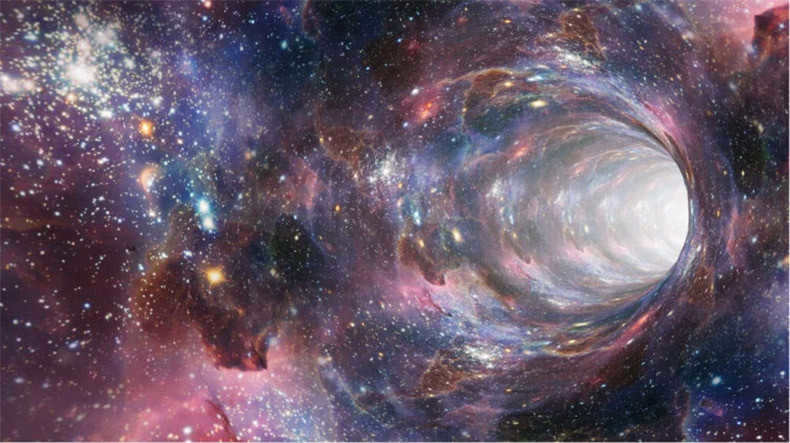
Scientists are unable to perceive the limits at which the universe terminates
As indicated by Neil Cornish, an astrophysicist at Montana State University, the vast distances in space make it take numerous light-years to travel, subsequently making data from space missions consistently out-of-date. The universe’s expanse is continuously expanding due to the proliferation of matter. Stars in proximity to Earth can be regarded as relatively young, while objects that are considerably distant from us would require thousands of years to reach. Additionally, Cornish highlights that not all galaxies can be observed from Earth. Currently, the maximum accessible to Earth’s civilization are galaxies that are situated 13.7 billion light years away.
Furthermore, the investigation into the potential existence of entities beyond the confines of our Universe is impeded by the presence of relic radiation. This cosmic electromagnetic radiation possesses a remarkable level of uniformity and exhibits a spectrum that corresponds to that of a perfectly black body with a temperature of 2.725 K. It is widely accepted that relic radiation emerged approximately 380,000 years following the occurrence of the Big Bang, a pivotal event in which the expansion of the universe ceased and the temperature dropped to a level conducive to the formation of atoms.
Astronomers concur on one point: past the remnant radiation, there may exist both an endless universe and its boundaries. To the inhabitants of Earth, this realm remains unseen, as the capabilities of current telescopes fall short. Despite relic radiation obstructing the exploration of deep space, it also yields invaluable data, found in microwaves. Scientists posit that if the universe were boundless in size, it would be possible to detect varying wavelengths within it. However, NASA spacecrafts, on the contrary, have yet to record truly substantial waves. Quite the opposite, studies indicate that the Universe’s wave spectrum is rather limited.
According to an intriguing hypothesis, there exists a potential multitude of Universes. The crux of the matter is that the cosmos we have access to might merely constitute a fraction of the multiverse.
The concept of bubble universes posits the existence of numerous parallel realities
Each of these universes can be envisioned as a soap bubble, contained within the cosmic void, which continues to expand indefinitely. Advocates of this theory propose that each universe may operate by its own set of physical laws, distinct from those familiar to Earthlings – such as gravity or atomic bonding. Thus, it is not beyond the realm of possibility that other universes lack planets with conditions suitable for sustaining life. Astrophysicists assure us that humans may have the potential to detect these universes when these “bubbles” come into close proximity to our own.
The Big Bang theory has been reinforced by the detection of relic radiation. This radiation consists of photons that were emitted 13 billion years ago when the universe became transparent due to the formation of hydrogen atoms. It is a sea of weak electromagnetic radiation that originated from the heat of the early universe.
In 1965, Arno Penzias and Robert Wilson made a surprising discovery while working on a microwave radio antenna in New Jersey. They detected a consistent, faint heat signal coming from all directions. Initially, they believed it was interference, possibly caused by pigeon droppings clogging their sensitive radar.

However, upon hearing a presentation by Princeton theorist Robert Dick, they came to the realization that they had made a remarkable finding. The observed surge in heat was not generated from the Earth, but rather from the cosmos. In essence, they had stumbled upon the long-anticipated reverberations of the Big Bang. Unlike his colleagues, Dick, who had constructed a comparable radio antenna to seek out remnants of radiation, did not share in the jubilation. With a touch of humor, he remarked, “Well, it seems we’ve been outdone, gentlemen.”
Dipole
In the process of organizing, the temperature of the sky is not uniform. In one hemisphere, microwaves are slightly warmer by 2.5 millikelvin, which is equivalent to one thousandth of a unit. This distribution of heat, which was found shortly after the discovery of the relic radiation, is referred to as a dipole because it has two poles: cold and hot. The variation in temperature is caused by the Doppler effect, which is a result of the Earth’s motion. The Solar System is moving at a speed of 600 km/s relative to the Universe.
If you take a closer look, at a scale of approximately one millionth of a degree, the sky is adorned with regions of high and low temperature. This fluctuation is particularly fascinating for astronomers as it originated shortly after the Big Bang. These regions were initially observed by Explorer 66 – it is thanks to this satellite that we are aware of numerous regions equivalent in size to the full moon. In 2003, the WMAP satellite generated a more intricate map portraying smaller fluctuations. Another satellite, Plank, is able to measure them with even greater precision.
Oscillations
The oscillations in the microwave background radiation of the universe occurred during a period of extreme heat. Following the occurrence of the Big Bang, the fabric of space expanded and cooled down, resulting in the formation of photons, subatomic particles, and eventually protons and electrons. In the first three minutes, the nuclei of the initial light elements – hydrogen, helium, and lithium – were created. During this time, the universe was filled with protons and electrons constantly moving around. These particles were ionized, meaning they carried an electrical charge: protons were positively charged and electrons were negatively charged. However, the charged particles caused photons to scatter, leading to a dense mist enveloping the early universe.
The universe underwent a process of cooling, causing protons and electrons to slow down their movement. After approximately 400,000 years, these particles were able to combine and form hydrogen atoms. This merging of charged particles gradually transformed the cosmic soup from being ionized to becoming electrically neutral, resulting in the universe becoming a vast expanse of hydrogen.
As the last remaining charged particles vanished, photons were liberated and able to travel freely. The previously hazy environment cleared up, and these same photons, having further cooled down, now constitute the microwave background radiation of the cosmos. At that time, with a redshift of approximately a thousand (z = 1000), the temperature of the universe was around 3000 K; currently, it is about a thousand times colder, measuring at approximately 3 K.
The variations in temperature in the ocean of photons are caused by the presence of matter in the Universe. Certain regions in space contain more matter, which affects the speed of photons passing through them. Depending on their trajectory, photons experience slight differences in speed. By studying the precise pattern of microwave oscillations, we can determine the distribution of matter in the early Universe, even before the formation of stars and galaxies.
The sizes of hot spots provide valuable information as well. The typical dimensions of these hot spots are approximately one degree in the celestial sphere, which is equivalent to twice the diameter of the full Moon. This correlation between the predicted and observed sizes of hot spots indicates that light rays travel in straight lines throughout the universe. Astronomers refer to the universe as “flat” because these rays are not affected by any bending or deflection caused by distortions in time and space.
On the whole, the narrative of the cosmic microwave background represents a major victory for theorists. Up to this point, they have successfully anticipated its features with extraordinary precision. However, it is possible that observers may encounter disparities – incongruities in the hot-spot information obtained from the Planck satellite or in the polarization patterns generated by ongoing experiments at the South Pole, on balloons, and using specialized radio telescopes – disparities that could give rise to a new understanding of physics.
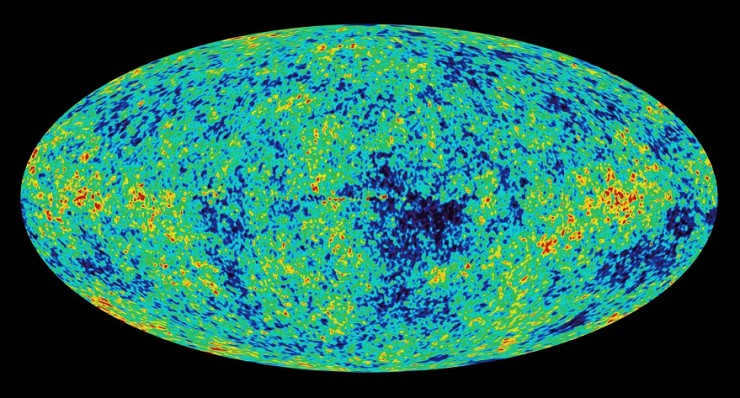
Electromagnetic waves emitted by an object with perfect absorption and zero reflection
The Big Bang event occurred approximately 13.8 billion years ago, giving rise to the universe as we know it. During its initial stages, the universe was filled with a dense and impenetrable plasma cloud, hindering the formation of atoms. However, after approximately 380,000 years, the temperature dropped to -270°C, causing the conversion of a significant portion of the energy generated by the Big Bang into light. This residual radiation, known as the cosmic microwave background, was first detected in the 1960s and continues to provide valuable insights into the early stages of our universe.
One of the characteristics of relic radiation is the presence of minuscule temperature variations that offer insights into the early Universe. Specifically, there exists a notable area of extremely low temperature within relic radiation, referred to as a “relic cold spot”. Following years of analyzing temperature fluctuations in relic radiation, a team of researchers has verified the existence of the most significant cold spots in the aftermath of relic radiation, namely the Eridanus super void. This discovery may potentially account for the longstanding quest among astronomers to identify the origin of the relic cold spot, which has spanned nearly fifty years.
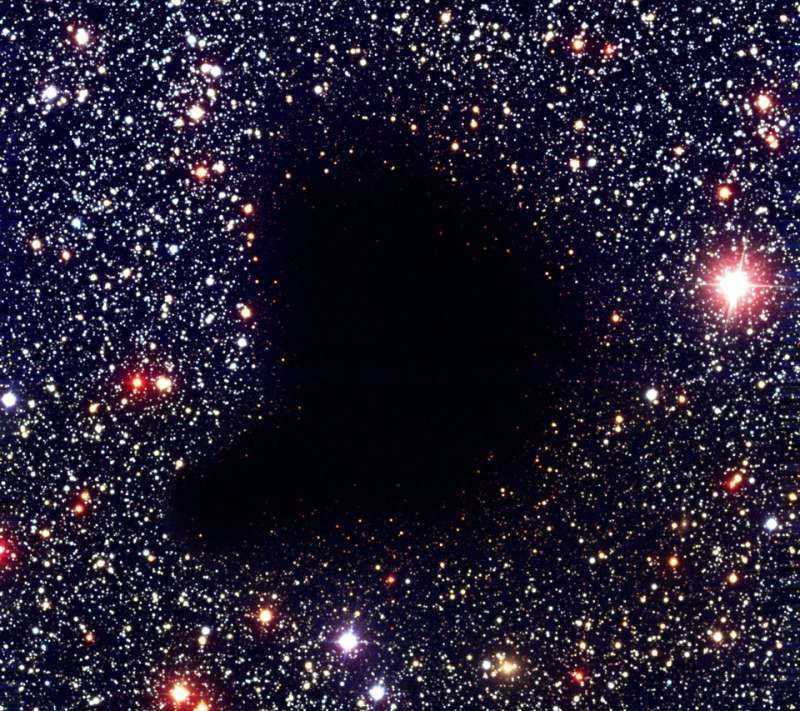
A team of 300 scientists from 25 institutions in seven countries, known as the international Dark Energy Survey (DES) team, recently conducted a study. The group, led by astrophysicist Andras Kovacs from the Instituto Canario de Astrofísica (IAC) and the University of Laguna in Tenerife, Spain, published their findings in the Monthly Notices of the Royal Astronomical Society. The study, titled The DES view of the Eridanus supervoid and the CMB cold spot, provides valuable insights into these celestial phenomena.
After the detection of relic radiation, numerous expeditions have been arranged to examine it more extensively. Some of these missions encompassed the Soviet RELIKT-1 mission onboard the Prognoz-9 satellite in 1983 and the NASA Cosmic Background Explorer (COBE) mission. The findings of the latter were released in 1992 and unveiled acoustic oscillations (“acoustic peak”) in the plasma, which corresponded to significant density fluctuations in the early Universe induced by gravitational instabilities.
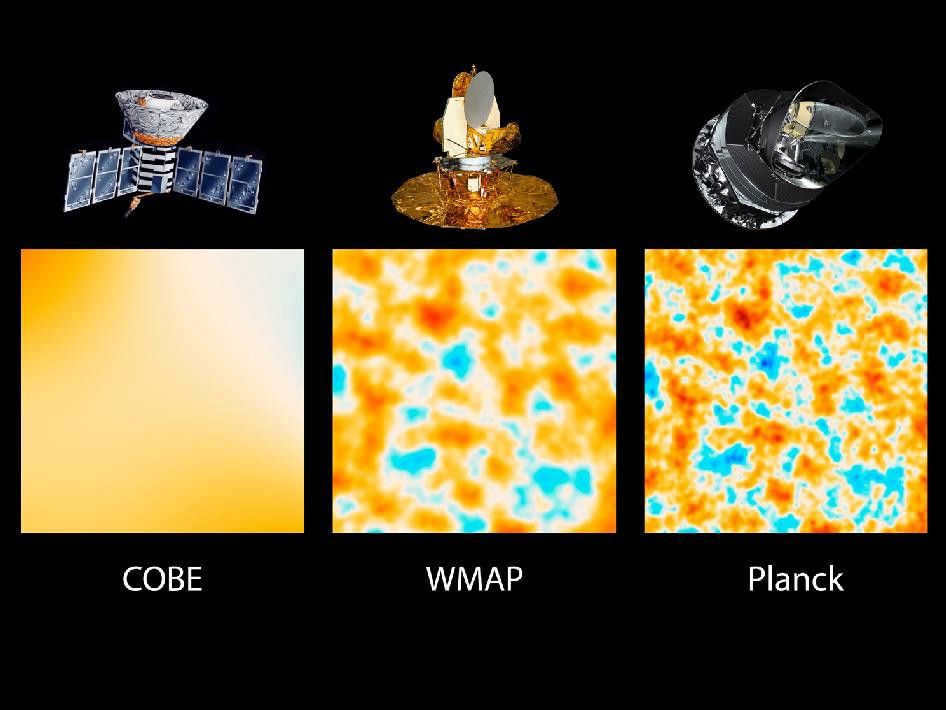
In 2001, the WMAP microwave probe conducted a second examination of the Universe, which uncovered temperature fluctuations and small-scale density variations. The ESA Planck spacecraft (2009-2013) produced the most comprehensive map of relic temperatures.
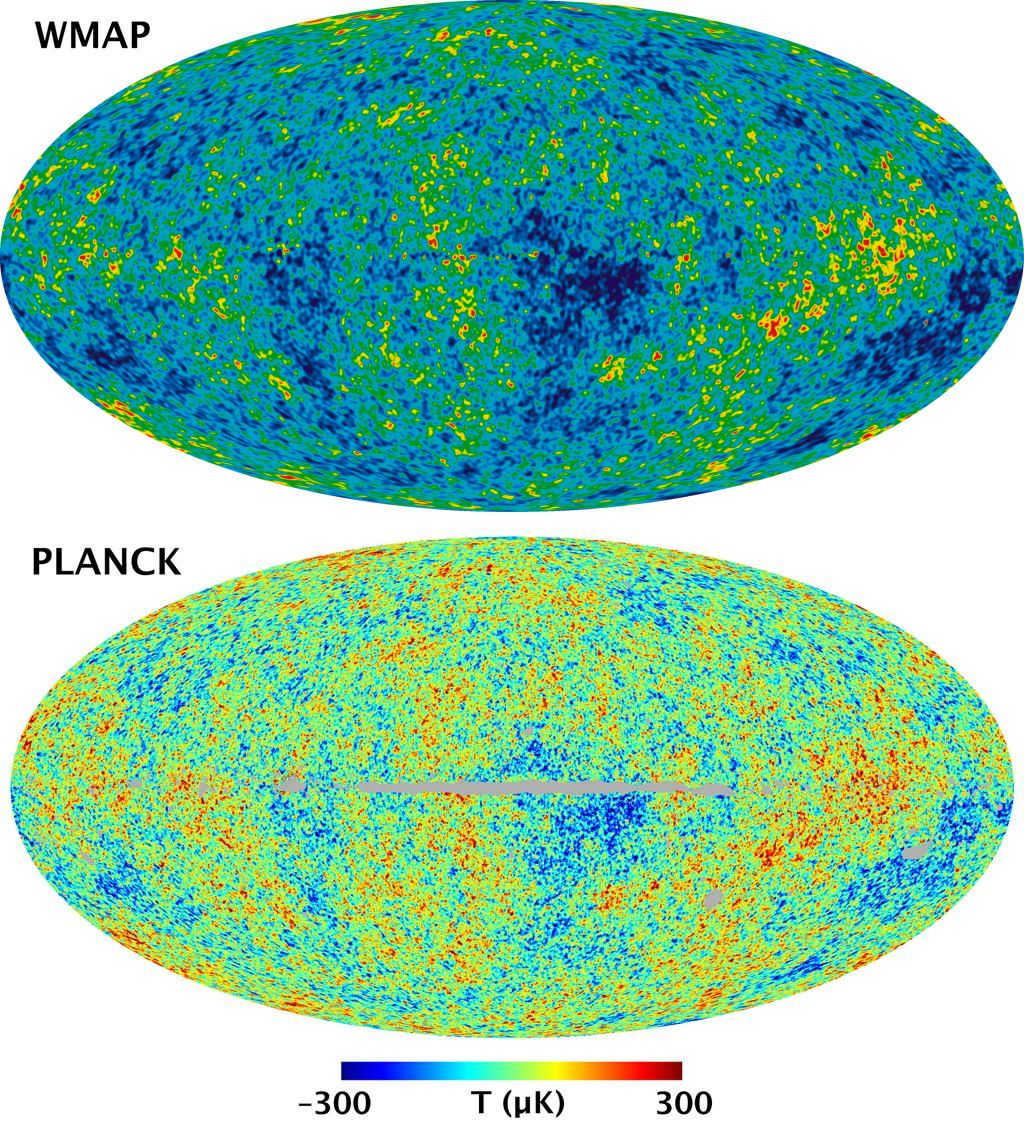
Regrettably, these maps were unable to unravel the enigma of the relict cold spot – a vast area that exhibits a temperature lower than the cosmic background by 70 µK or 0.00007 Kelvin. As a result, the long-standing puzzle surrounding this anomaly has given rise to various theories, ranging from data artifacts to the potential existence of an alternate universe.
The Eridanus Super Void
The Eridanus Super Void is a phenomenon in the cosmos that is characterized by its vast expanses of empty space between galaxies and galaxy clusters. These regions, also known as cosmic voids or “howdahs,” are an integral part of the larger structure of the Universe, consisting of dark matter and other celestial bodies. However, unlike other areas of space, these voids are defined by their scarcity of intergalactic medium, including galaxies, dust, gas, and even small amounts of dark matter. It is believed that these voids are interconnected through the force of gravity, which holds them together, but they are also experiencing expansion due to the presence of dark energy, a mysterious force that has yet to be fully understood or detected.
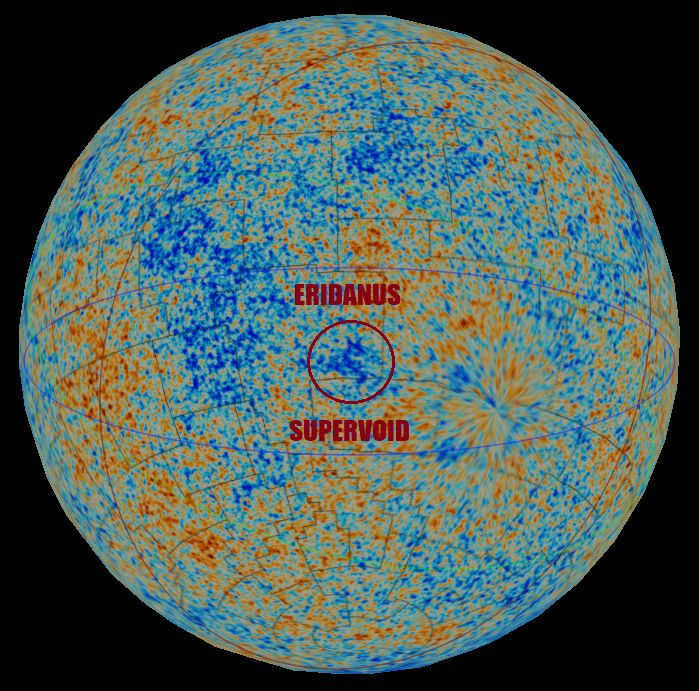
In addition, the researchers utilized the weight of this specific area as a gravitational lens, which occurs when the immense gravitational force of the object amplifies and changes the trajectory of light originating from its rear. Niall Jeffrey, a co-author and astrophysicist affiliated with both the University of Paris and University College London, played a crucial role in mapping out the elusive dark matter.
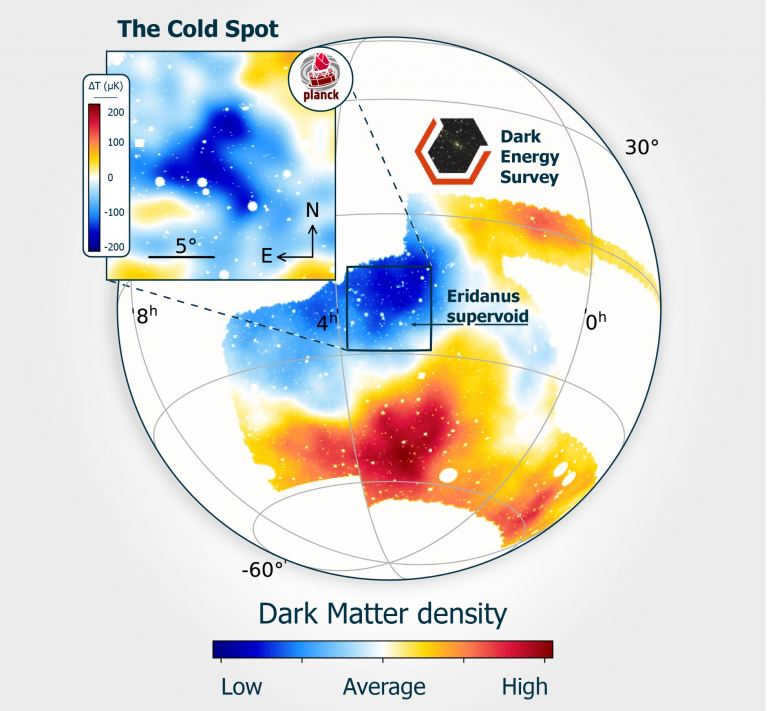
“We have created the largest map of dark matter ever seen. Our team successfully mapped over a quarter of the Southern Hemisphere, revealing the distribution of dark matter,” stated a press release from Fermilab.
In addition to this groundbreaking discovery, the researchers also found evidence of a scarcity of galaxies and dark matter in the same region. This finding supports the existence of a super void in the constellation Eridanus, as predicted by theory. This void could potentially explain the presence of the relic cold spot.
Implications for the enigma of dark energy
This investigation also holds significance in unraveling another riddle – the enigmatic nature of dark energy. As previously mentioned, this enigma refers to the elusive force that counteracts gravity and plays a pivotal role in the expansion of the cosmos. Initially hypothesized by Einstein’s general theory of relativity, the expansion of the universe was first confirmed by Edwin Hubble in the 1920s.
By the 1990s, the enigma deepened as studies like the Hubble Deep Field revealed that the cosmic expansion had been accelerating over the course of the last 3 billion years. This led to theories suggesting that an unknown force or a modification of the general theory of relativity was propelling this expansion. Through extensive surveys of the universe, scientific institutions like DES aspire to directly observe the effects of dark energy and consequently ascertain its properties.
The existence of cosmic voids between clusters of galaxies suggests that the ongoing interaction between gravitational forces and space is causing certain voids to become colder and deeper.
The Lambda-CDM Model
However, this research does not resolve the overall discrepancy between the standard cosmological model and the observed temperature variations associated with a relic cold spot. This particular model is referred to as the lambda-cold dark matter (LCDM) model, which proposes that dark matter consists of slow-moving “cold” particles that are pushed apart by the expanding influence of dark energy.

